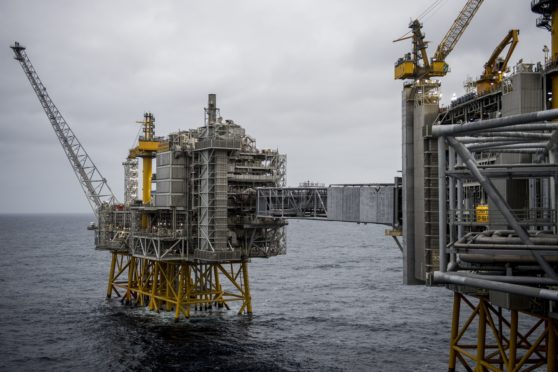Total petroleum revenues accrued to the Petroleum Holding Fund (PHF) from Royalties, Carried and Participating Interest (CAPI), Corporate Income Taxes (CIT), Surface Rentals and income earned declined to US$638million in 2020 from US$925million in 2019.
The decline, according to the 2020 Annual Report of the Public Interest and Accountability Committee (PIAC), represents an about-31 percent reduction from the 2019 figure, and was mainly driven by lower production volume and the unfavourable international crude oil prices due to turbulence in the petroleum industry arising out of the global COVID-19 pandemic in 2020.
Report’s key findings
Among the report’s findings is a reduction in crude production volumes of 6.3 percent from the 2019 volume, after three years of consecutive oil production increases.
Consequently, the combined average achieved price of the Ghana Group for the three fields – Jubilee, TEN and Sankofa-Gye Nyame (SGN) – reduced significantly by 33.5 percent from US$63.496/bbl in 2019 to US$42.211/bbl in 2020 due to impact of the COVID-19 pandemic.
Meanwhile, total gas production increased by 40 percent, with the Sankofa Field producing the highest volume of combined associated and non-associated gas among the three fields. It increased its output by 60 percent during the period. This, PIAC noted, was mainly due to the fact that gas consumption from the SGN Field was domestic, and therefore less affected by the global price fluctuations.
The SGN Field delivered almost half (49.30 percent) of its total raw gas produced in 2020 to the Onshore Receiving Facility (ORF), as against 46.19 percent in 2019. This represents a y-o-y increase of 3.11 percent in gas exports from the field. The combined average achieved price of the Ghana Group for the three (3) fields however reduced significantly, by 33.5 percent from US$63.496/bbl in 2019 to US$42.211/bbl in 2020.
Revenue collection and management
In terms of revenue collection and management, the year recorded a general decline in revenue – attributed to lower production volumes and unfavourable international crude oil prices, exacerbated by the COVID-19 pandemic.
CAPI also declined by 40.5 percent, Surface Rentals by 37 percent, CIT by 21 percent, and Royalties by 17.5 percent.
It added that Surface Rental payments remain in arrears to the tune of US$2million for 2020, representing a 34.71 percent increase over the 2019 arrears of US$1,566,463.12. The non-payment of this stream of income, the report lamented, denies PHF the necessary funds needed for development projects.
In the area of distributing petroleum revenues, it said a 31 percent decrease in distribution from the PHF was recorded in 2020 compared with that of 2019, which made less money available for government’s spending on programmes and projects.
In all, GH¢1,291million was allocated to the Annual Budget Funding Amount (ABFA) from the PHF, representing an increase of 1.60 percent over the allocation to the ABFA from the PHF in 2019.
Disturbingly, it added that the 2020 – 2022 new priority areas selected for ABFA disbursement were not presented to Parliament for approval in the 2020 Budget Statement and Economic Policy, as required by the Petroleum Revenue Management Act (PRMA).
Recommendations
To ensure efficiency, PIAC said the Ghana Revenue Authority should as a matter of urgency initiate action to recover Surface Rental Arrears with the appropriate interest, as provided for in the PRMA.
Recommendation: The Ministry of Finance should ensure that Priority Areas selected are
approved by Parliament before implementation, as required by Section 21 (5) of the PRMA.






